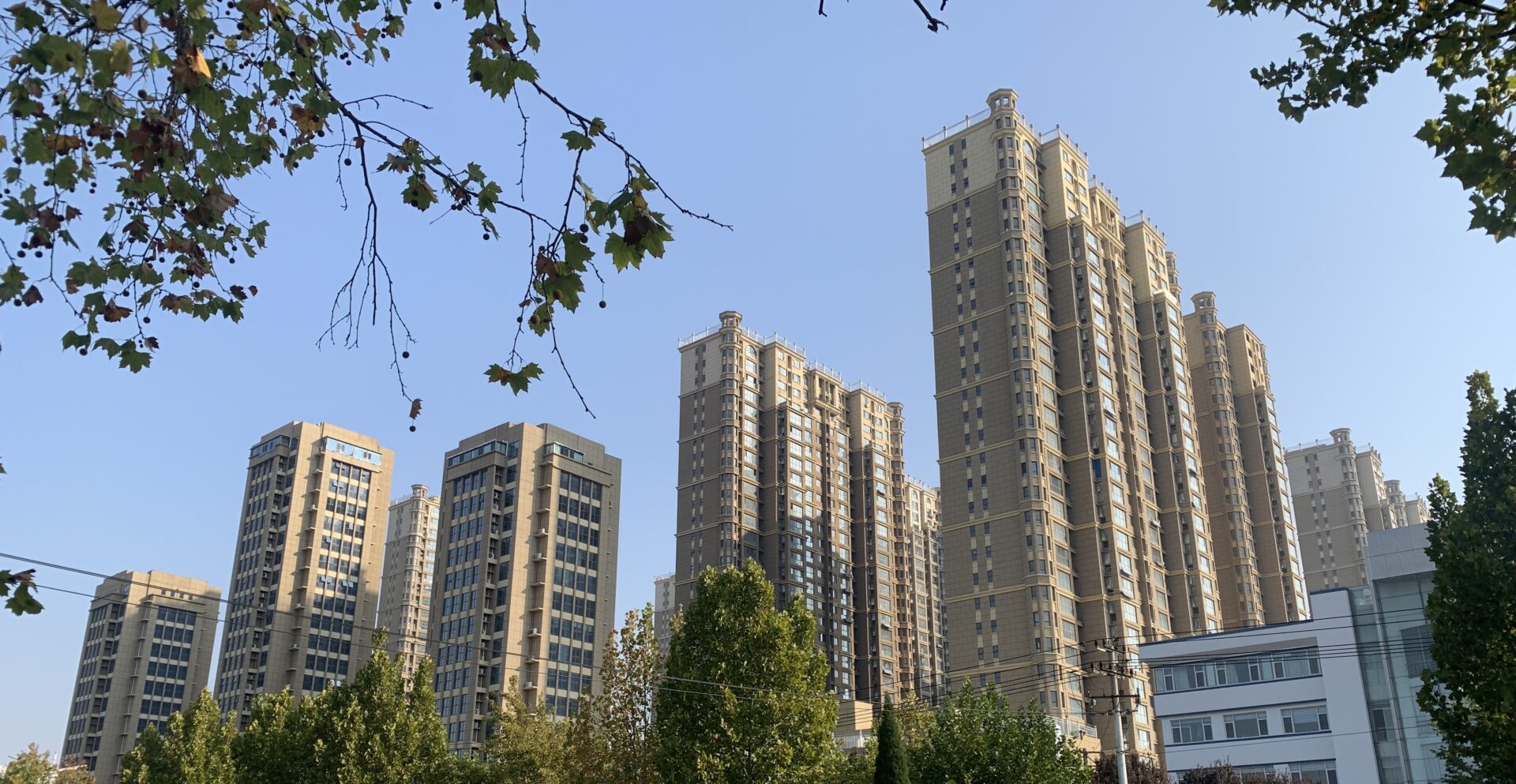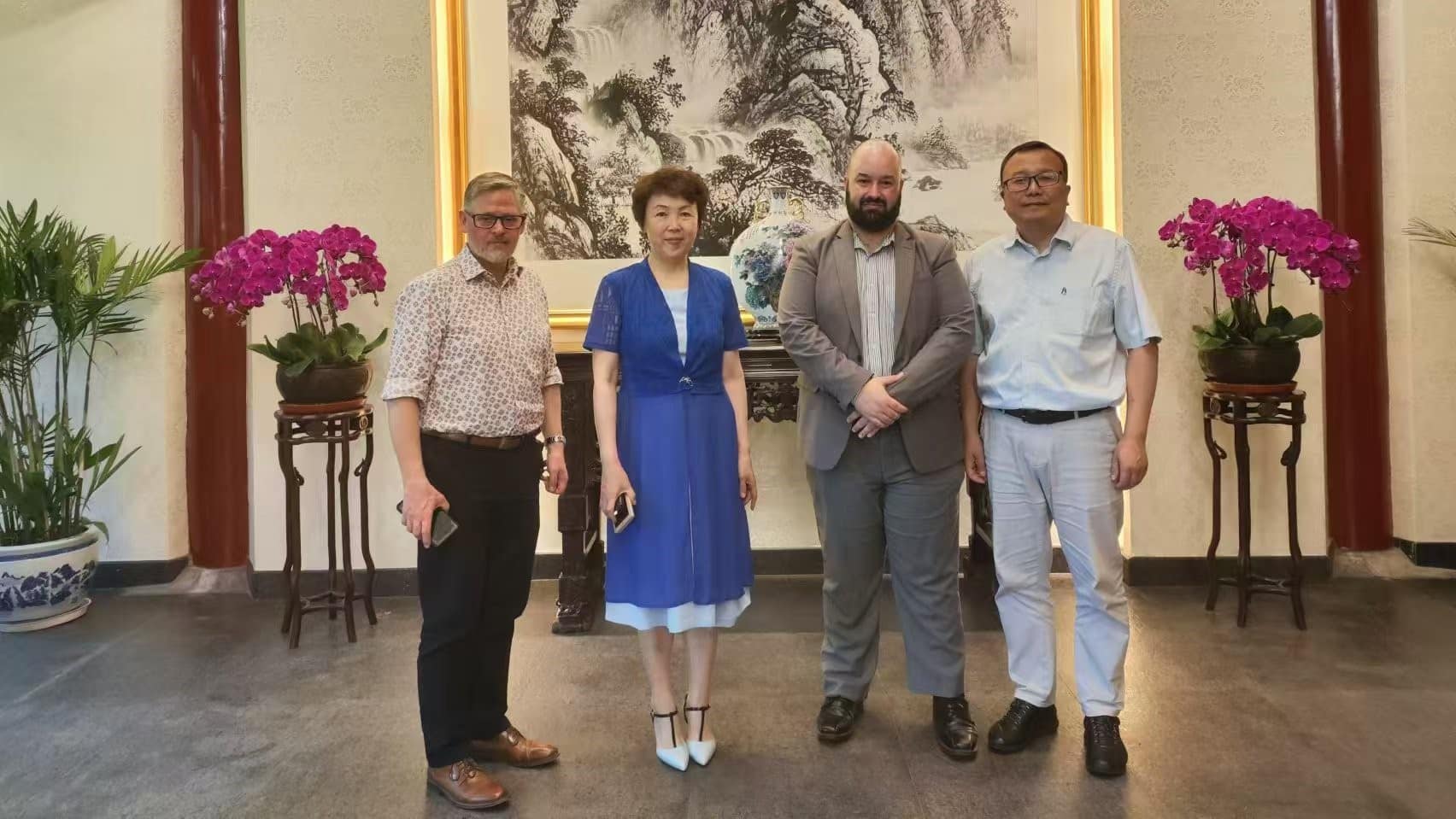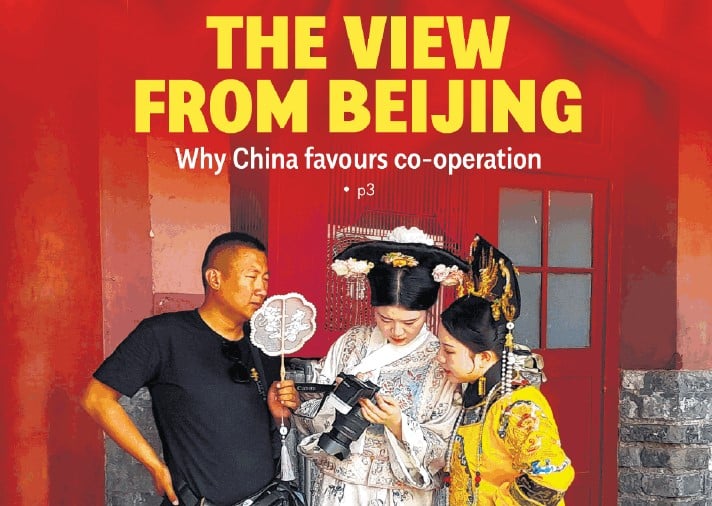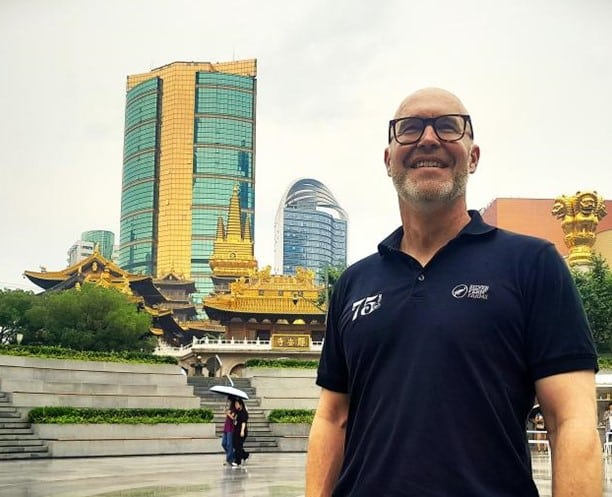Tiers of joy? 24 hours in China’s Ashburton, and what it taught me
This op-ed by New Zealand China Council Executive Director Alistair Crozier was originally published on asiamediacentre.org.nz on 5 Dec 2023.
China is home to some of the world’s supercities – Beijing, Shanghai. But what’s it like to step outside those major urban areas and explore some of the lesser-known cities? New Zealand China Council executive director Alistair Crozier reflects on what he found when he visited China’s version of Ashburton – Dezhou.
China is rapidly urbanising, increasingly a country of cities large and small. In an effort to make sense of it all, a ‘tier’ system is sometimes used. The largest and most advanced metropolitan economies – Shanghai and Beijing for example – are described as ‘Tier 1’. Others slot into levels beneath that according to relative size, administrative status and GDP. It’s not particularly scientific, nor is it official, but it’s one simple lens that can be applied.
New Zealand exporters have, naturally enough, tended to focus their business activities on the most affluent Tier 1 and 2 cities where spending power to purchase our premium goods and services is highest. But some of our largest exporters now also see potential in Tier 3 and 4 markets. Consumption in these emerging centres has been growing faster than at Tier 1, albeit off a much lower base.

Dezhou, a ‘tier 3.5’ city in China. Image: Supplied/Alistair Crozier
But what does a Tier 3 or 4 city in 2023 China look and feel like on the ground? In May this year as our first New Zealand China Council delegation since 2019 joined the Tier 1 dots in a high-speed bullet train, watching the rest of China zip past at 300 kms per hour, I wondered what life was like these days beyond the large, sleek stations along our route. So on my next visit in November I got off the train for 24 hours, dropping my pin in Dezhou City in northern Shandong Province. It’s a city I’d never heard of, and you probably haven’t either, which is really the point. In China it’s mildly famous for an eponymous braised chicken dish (and its name 德州 is also the name for Texas in Chinese) but is otherwise not a household name. I’d argue it’s Tier 3.5, in the aforementioned subjective scheme of things.
This is a quick summary of my main impressions of Dezhou, with two big caveats. It is just one city in one province, a random and small sample. And I could only observe it on the surface during a short visit – I left with a longer list of questions about the locals and their lives than when I arrived. But on that basis:
Windows into the lower tiers
When I was in Dezhou I kept thinking of Ashburton. The scale is a little different, of course – Ashburton has a population of 20,000 while Dezhou is close to 6 million. But as I searched for a reference point to place it within a national context, its pancake-flat geography, relaxed feel, and role as a service centre for a wider agricultural and manufacturing area all rang bells for me. I hope Ashburton won’t be offended to be described as kiwi Tier 3.5.
To be fair though, that’s about where the similarities end. Driving in from the distant high-speed train station I passed some of the forests of cookie-cutter apartments that have sprung up on the outskirts of all Chinese cities and large towns these days, the result of rampant property development bringing benefits for both local governments and developers (and culminating in a massive market bubble that the central government is now trying to deflate gradually). While centrally located apartments were lit up in the gathering evening, in the margins they appeared almost unoccupied. Perhaps they are lock and leave investments for those unwilling to risk the Shanghai stock exchange. A few abandoned projects stood ugly in the dusk. There were very few cranes on the horizon.
My room in a local business hotel was unexpectedly opulent, for under NZ$100 per night – quite a change from the accommodation I’d just left in Shanghai, and one indication that some costs of living are lower at Tier 3 and 4. But so is spending power – as a Shanghai friend pointed out, people in lower tier cities go to work in Tier 1 cities precisely because they earn more money than they can at home.
Dezhou is a functional place, and its charms are somewhat hidden. The luxury of flat space has permitted the construction of grand boulevards and palatial new government offices. There’s a meandering river on the outskirts, with an eco-park beside it. On my morning jog along its exercise paths I saw fish jumping, and disturbed a pheasant. One brave soul was taking a dawn swim. Chinese cities have paid a lot of attention to constructing this sort of infrastructure, reflecting a genuine desire to encourage healthy lifestyles. On the other hand, a disturbing number of large buildings in the city centre seemed to be hospitals.
As a visitor to China I have become a little obsessed by the number of EVs (easily identified by their green number plates) as a surface indication of China’s progress towards a green economy. I was told not to expect many in Dezhou, and the ratio was lower than in Shanghai, but they were still in evidence. Larger shopping malls had EV showrooms on the ground floor where we might expect to see Whitcoulls or Kathmandu in New Zealand. One difference to Tier 1 though was the number of cheap 2-door ‘tiny EVs’ on the streets, essentially the front half of a car with a price-tag to match. And a lot of locals still use e-motorcycles and scooters instead of cars, fitted out with ingenious duvet-like protection against the Shandong winter. Many buses were electric too, but not the taxis. One driver told me the charging infrastructure was still inconvenient, “and we burn coal to generate the electricity anyway”.

One of the 2-door tiny EVs parked in Dezhou. Image: Supplied/Alistair Crozier
Interestingly, many apartments in the CBD sported individual solar panels, which I was told powered their hot water cylinders. Dezhou is a manufacturing base for wind and solar power equipment, so perhaps this is a local idiosyncrasy. I certainly didn’t notice this high-rise technology in Beijing or Shanghai. A lot of farmhouses in villages around the area also sported impressive solar arrays covering their entire roof.
There appeared to be limited foreign influence and engagement (and interest?). Some Russian looking businessmen passed through the hotel lobby at one stage, perhaps on a trip to purchase solar powered hot water cylinders. I therefore stood out like a sore thumb around town, but I was treated with courteous and pragmatic disinterest – only one person bothered to ask where I was from, and the whispering and pointing from my early China years was hardly evident.
Two Starbucks branches offered the nearest thing to a ‘western’ experience that I could find. Also a bar with a promising English language advertisement for Belching Beaver peanut butter stout which was sadly closed when I walked past. Malls contained McDonalds, KFC and Pizza Hut, all locally embedded to the point of feeling part of the China landscape these days. Beauty and clothing brand stores like L’Oreal, Lancôme and Uniqlo were in the malls as well. But the diversity of genuine foreign options in higher tier cities was lacking in Dezhou: No Indian, French or Italian restaurants, probably some Thai somewhere but I didn’t see it. A little Japanese and Korean. A smattering of foreign clothing brands only. Essentially, it looked difficult for Dezhouians to experience other cultures. Which might not bother them.
There were some foreign products in the classier supermarkets, albeit well outnumbered by more affordable local alternatives. When not distracted by promotional robots chatting away about their display of products as they trundled around, I naturally searched for anything Enzed. Zespri’s Sungold kiwifruit were sold widely across town. There was a smattering of Fonterra product, and even a NZ sauvignon blanc in the very small wine section at the classiest supermarket I could find. I spied Peruvian blueberries, durian from Southeast Asia, and European infant formulas. Even Oatly ice-blocks, and a selection of Australian beef. (I asked the supermarket saleswoman if there was any New Zealand meat. “It’s all New!” she replied, mildly offended, and her colleague had to explain.) These products looked to be niche treats rather than essentials – I’m not sure kiwi sav would be on many shopping lists.

Zespri in the streets of Dezhou. Image: Supplied/Alistair Crozier
Localised branding and products were also evident. For example, European formula was packaged in Chinese language tins. Just a few years ago our exporters were advised to keep their English language packaging, to show authenticity, and affix a Chinese language label containing key information required by law. It was hard this time to identify some foreign products from local brands without looking closely at the labelling.
I also sampled an enticing Chinese-made yoghurt flavoured with tiny balls of processed cheese – about as far from a good Mainland cheddar as you could get.
Media and marketing consultancies claim citizens in Tiers 3 and 4 use e-commerce channels a lot to source what they cannot find locally – some such as Pinduoduo are said to be particularly popular at this level. So for all I know the locals’ apartments could be full of manuka honey and green-lipped mussels. But I doubt it. And I also doubt many people from Dezhou have studied or holidayed in places like New Zealand.
Some conclusions
My main thought from my day in Dezhou was that the city feels comfortable in its own homegrown skin, doing its own thing. The streets were busy but not clogged, the residents active but not flashy, and no doubt focused on their health, economic security and the future of their children just as we all are in our own local contexts. For most it appeared they lived local, bought local and thought local. Spending power probably dictates this to some degree, but there didn’t appear to be that much curiosity to explore alternatives. It was an easy and functional place – if that is not damning it with faint praise.
This does not mean New Zealand exporters will fail in Tier 3 and 4. But it suggests that for our products to find a market in a place like Dezhou they will have to slot in to local lifestlyes, not vice versa. Our goods will be purchased for their taste, quality or health benefits, because they fill a gap in local lifestyles, and because they offer value for money. If they can establish household brands, our companies might do really well – such cities in China with 3-6 million people each are plentiful. But we will not be selling on the strength of a curiosity to explore the exotic offerings of New Zealand, any more than Peru does for those impressively large blueberries I found. Our larger exporters may flourish, but our smaller ones will probably be advised to stick to Tier 1 and 2 for a while longer.












 MENU
MENU
